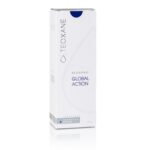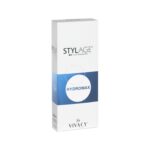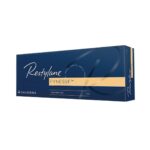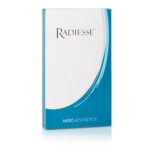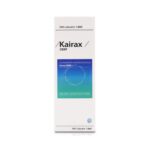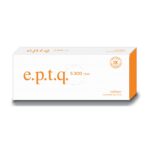What us Lidocaine used for?
This medication soothes itching and pain from scrapes, minor burns, eczema, insect bites, hemorrhoids, and other genital/anal issues. This medicine can also reduce pain during sigmoidoscopy and cystoscopy. Local anesthetic lidocaine temporarily numbs the skin and mucous membranes.
Lidocaine Cream: Topical Local Anesthetics Use
Before self-treating with an over-the-counter remedy, read and follow all instructions. For questions, ask your pharmacist. Follow your doctor’s instructions for this medication.
As indicated, clean and dry the skin before use. Apply a thin layer of medicine to the affected skin 2-3 times a day, or as instructed.
Be sure to shake the spray canister before using it. Spray the affected region until wet with the canister 3-5 inches (8–13 centimeters) away. Spray medication onto your palm and apply it to the face if affected. Avoid spraying your eyes, nose, and mouth.
Shake the foam canister before using it. Spray foam onto your hand and apply it to the affected region.
Please consult your doctor before using on large parts of the body, covering with waterproof bandages or plastic, or applying heat. These may enhance major adverse effects.
Except for hand treatments, wash hands promptly after usage. Avoid getting the product in your eyes, nose, or ears. If medication gets into these locations, flush with clean water immediately.
Your medical condition and treatment response determine the dosage. Avoid using this product more often or longer than suggested. When treating an infection or sore, check with your doctor before using this drug.
Get medical treatment immediately if your health worsens or you suspect a significant medical issue.
Who can and cannot use lidocaine skin cream
Who is eligible to use lidocaine skin cream?
Lidocaine skin lotion is safe to use on most adults and children.
Who should not use lidocaine skin cream?
Some people should avoid using lidocaine skin cream. Before using this medicine, tell your pharmacist or doctor if you have any of the following conditions:
If you’ve ever had an allergic reaction to lidocaine or any of the other ingredients, or if the area where you need to use the cream has cuts, rashes, eczema, bleeding, or scabs, or if the skin feels irritated, or if you have any of the uncommon genetic disorders, don’t use the cream. Porphyria, methaemoglobinaemia, or a lack of glucose-6-phosphate dehydrogenase (G6PD).
Because they contain a combination of local anaesthetics, EMLA, Denela, and Nulbia may not be acceptable for persons with porphyria, methaemoglobinaemia, or G6PD deficiency.
How and when to use lidocaine skin cream
Before your procedure, a doctor or nurse will usually offer you a prescription for lidocaine cream or give you the cream itself.
Always follow the directions on the back of your cream.
If you’re having a cosmetic operation and have purchased lidocaine from a pharmacy to numb the region, inform the person performing the procedure before the process begins. It will let them know that the area has been numbed and that you are no longer in pain.
Dosage
The amount of lidocaine skin cream you apply depends on the technique and the type of lidocaine cream you use.
Check the directions included with the cream or get advice from your doctor or nurse.
They may instruct you to apply a whole tube of cream to each area of your skin, more than one tube, or merely a portion of a tube.
How to apply it
Apply the lidocaine cream 1 hour before getting a drip or having blood drawn.
In the case of minor surgery, your doctor may advise you to apply the cream more than an hour before the procedure.
If the treatment is postponed and the numbing effects of the cream have worn off, consult your doctor or nurse before applying any additional cream.
Squeeze the tube gently so that the cream flows directly onto the affected region of skin.
Do not force it.
To keep the cream in place, apply a waterproof dressing over it. (The dressings come with the cream.)
Make a note of the time you applied the cream.
After you’ve finished applying the cream, carefully wash your hands with soap and water.
Remove the dressing and wipe away any excess cream with a tissue before your treatment. If the lotion has absorbed into your skin, you may not need to do this.
Important
Unless your doctor instructs you otherwise, do not apply the cream to your eyes, ears, nose, or the inside of your mouth, or to your genitals or bottom (anus).
How long should you keep it?
You’ll only apply lidocaine skin lotion once, before a small procedure like taking a blood sample.
If you fail to use it,
If you forget to use the cream or apply it less than 1 hour before your operation, notify the person doing the procedure. They may choose to postpone it.
Applying more cream will not make the lidocaine act any faster.
If you utilize excessively
Using more than the suggested dosage can result in negative side effects. This can also happen if you apply the cream to a large area of skin or use it for an extended period of time.
If you’ve been prescribed lidocaine, you’re unlikely to use too much cream because a doctor or nurse will usually only give you enough for a single surgery.
If you’re concerned that you’ve used too much lidocaine skin lotion, consult a doctor or nurse.


